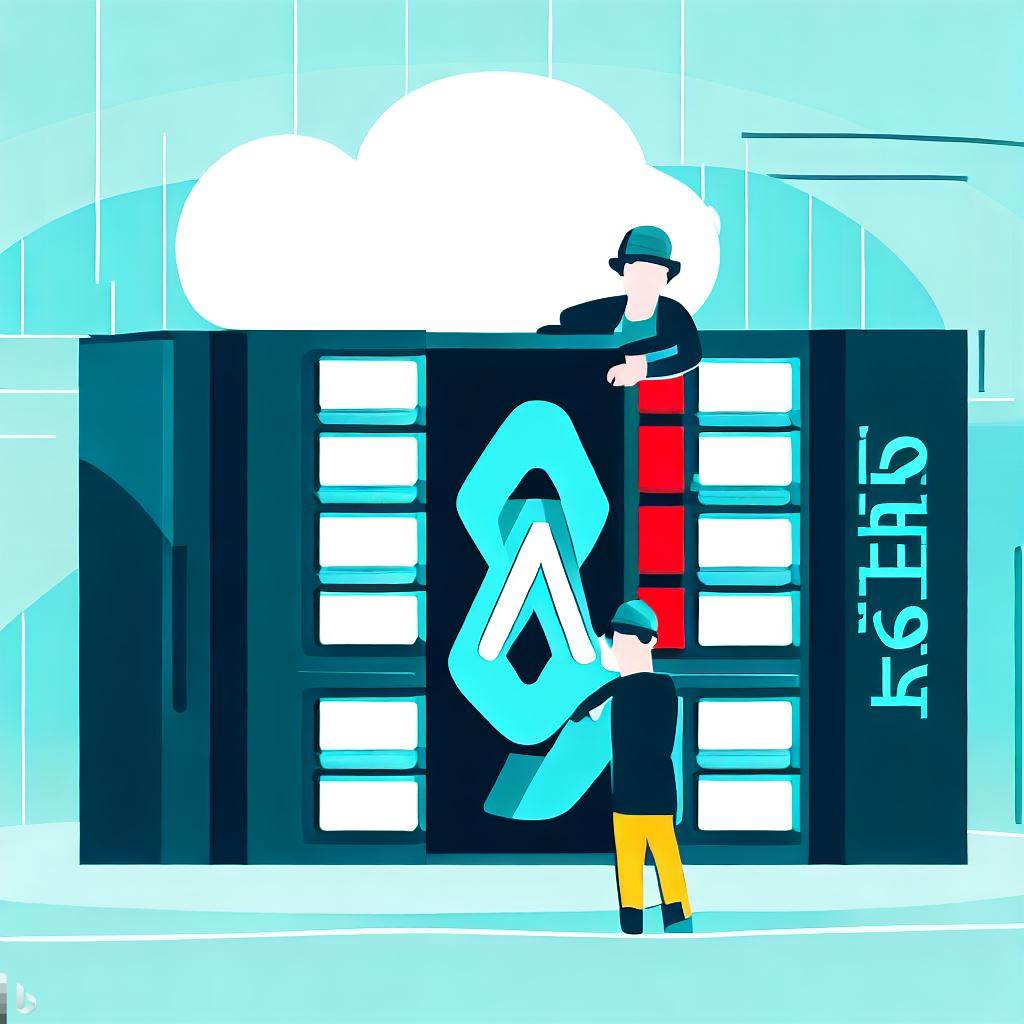How Ansible Revolutionized Deployment Automation: A Game-Changer for Managed DevOps Services
In the world of Managed DevOps Services, the pursuit of efficiency, reliability, and scalability is paramount. The continuous need to streamline deployment processes, reduce errors, and enhance collaboration among development and operations teams has driven the evolution of various automation tools. Among these, Ansible has emerged as a game-changer, revolutionizing deployment automation in ways that have redefined the landscape of DevOps services.
The Evolution of Deployment Automation
Before diving into the transformation brought about by Ansible, it’s essential to understand the landscape that existed before its inception. Manual deployment processes were commonplace, where sysadmins and IT personnel had to manually configure and manage servers and infrastructure. This manual intervention resulted in numerous challenges, including inconsistency, human error, and a slower pace of development.
To address these challenges, several automation tools and frameworks emerged, such as Puppet, Chef, and Docker, each with its strengths and limitations. While these tools marked significant progress in automation, they still required a significant learning curve and often felt complex to set up and maintain. This is where Ansible stepped in to revolutionize the deployment automation game.
The Birth of Ansible
Ansible, developed by Michael DeHaan and later acquired by Red Hat, was first released in 2012. Unlike its predecessors, Ansible took a radically different approach to automation. It adopted a simple, agentless architecture that leveraged SSH to communicate with target servers and systems. This choice of architecture made Ansible incredibly easy to set up, configure, and use, eliminating the need to install agents on every managed node.
Ansible’s Core Principles
- Agentless Architecture: Ansible’s agentless approach simplifies deployment, as it doesn’t require any pre-installed software on target systems. This minimizes potential conflicts and reduces deployment complexity.
- Declarative Language: Ansible uses YAML-based playbooks, allowing users to define desired system states and configurations rather than scripting explicit commands. This makes playbooks more human-readable and easier to maintain.
- Idempotent Execution: Ansible ensures idempotent execution, meaning running a playbook multiple times won’t have unintended consequences. This is crucial for ensuring consistent system states.
- Extensibility: Ansible’s modular structure and support for custom modules enable users to integrate it seamlessly with various tools, services, and cloud platforms.
Ansible’s Impact on Deployment Automation
The adoption of Ansible has brought about several profound changes in the realm of deployment automation for Managed DevOps Services:
1. Rapid and Simplified Deployment
Ansible’s straightforward, agentless architecture has dramatically reduced the time and effort required to set up and configure deployment automation. By using YAML-based playbooks, even complex tasks can be automated with ease, making rapid deployment a reality.
2. Enhanced Collaboration
Ansible’s declarative language and code-like playbooks facilitate collaboration between development and operations teams. The human-readable nature of playbooks makes it easier for team members to understand and contribute to the automation process, fostering a culture of collaboration and knowledge sharing.
3. Reduced Human Error
Automation inherently minimizes the potential for human error. Ansible’s idempotent execution ensures that tasks are performed consistently and without unintended side effects, reducing the likelihood of misconfigurations or other mistakes.
4. Scalability
As businesses grow, so does the complexity of their infrastructure. Ansible’s extensibility allows it to scale seamlessly, adapting to the evolving needs of organizations. Whether managing a few servers or a vast cloud infrastructure, Ansible remains a reliable choice.
5. Integration with Cloud Services
With the increasing adoption of cloud computing, Ansible has kept pace by providing modules and libraries that allow for easy integration with leading cloud platforms like AWS, Azure, and Google Cloud. This integration enables Managed DevOps Services to deploy and manage cloud resources effortlessly.
6. Enhanced Security
Ansible’s SSH-based communication and strict access controls contribute to a more secure automation environment. Security policies and best practices can be easily incorporated into playbooks, ensuring that security is a top priority in every deployment.
Real-World Success Stories
Numerous organizations and Managed DevOps Services have experienced substantial benefits from adopting Ansible. Companies like Netflix, NASA, and Red Hat have all integrated Ansible into their DevOps workflows, streamlining their deployment processes and reducing operational overhead.
Conclusion
In the ever-evolving landscape of Managed DevOps Services, Ansible has truly revolutionized deployment automation. Its agentless architecture, declarative language, and ease of use have made it the go-to choice for organizations seeking efficiency, reliability, and scalability in their deployment processes.
Ansible’s impact on collaboration, scalability, and security is undeniable, and its integration with cloud services further solidifies its position as a game-changer in the DevOps world. As businesses continue to prioritize automation and agility, Ansible will undoubtedly remain at the forefront of innovation, shaping the future of deployment automation in Managed DevOps Services.



Sakib
5 September 2023This is too complicated to understand if you can mention some commands and manually steps , that would be awesome,
Md Imran
5 September 2023The silent orchestrator behind seamless IT automation. 💻🚀 #Ansible #Automation”